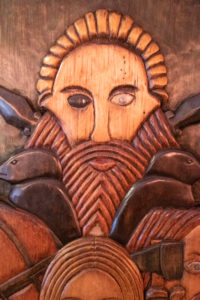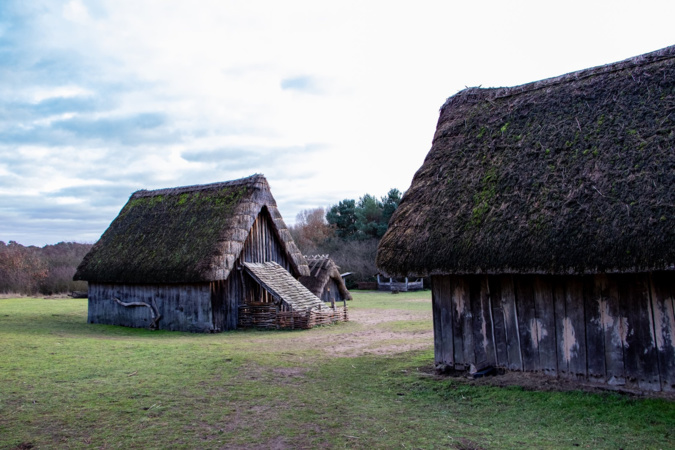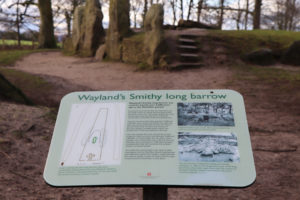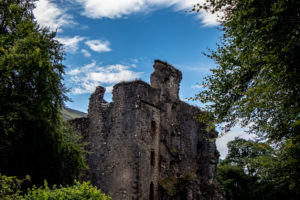
Prehistoric settlement: The site at West Stow has shown evidence of human habitation throughout British prehistory. Indeed, the wider Lark Valley contains the greatest known concentration of prehistoric settlements in the region of East Anglia.
Mesolithic: Excavation at West Stow has discovered evidence for hunter-gatherers living in the area during the Mesolithic, or “Middle Stone Age” period. Temporarily camping on the knoll, they left behind them five or six dense concentrations of Sauveterrian-style waste lithic flakes, blades, cores, and other stone implements. Similar scatters of Mesolithic worked flints have been found across the valley area.
Neolithic and Bronze Ages: Grooved ware and petit tranchet-style arrowheads dating from the Neolithic Age have been found in a field adjacent to the West Stow site.
Anglo-Saxon: During the early Anglo-Saxon period, West Stow was the site of a small village made up of timber buildings.









